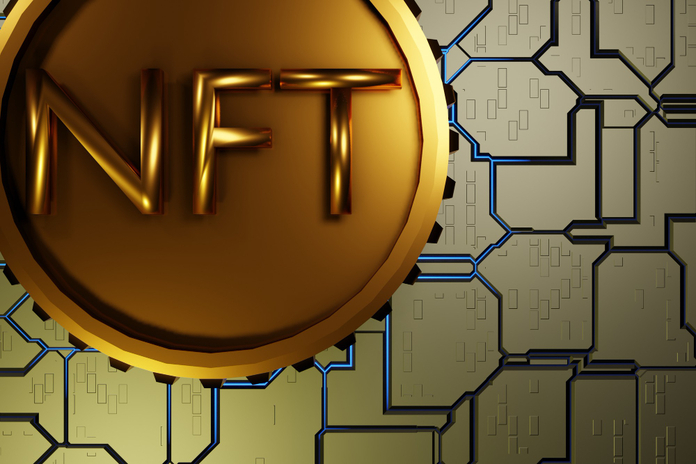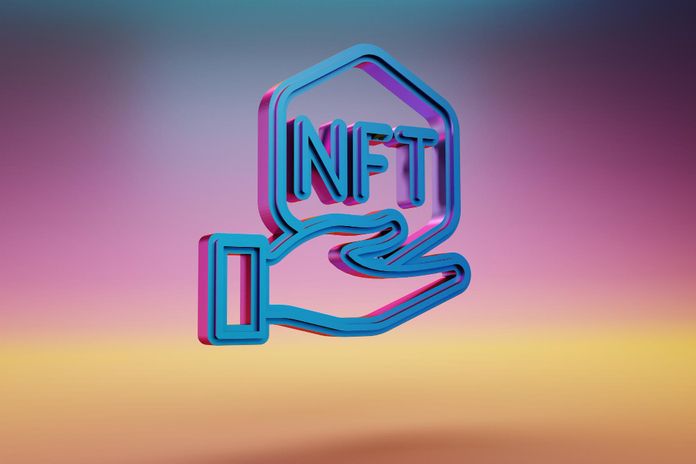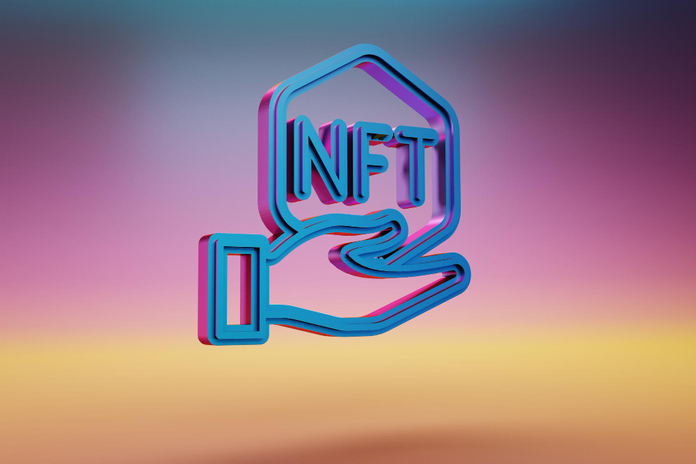Maker Rebrands as Sky in DeFi, Launches USDS Stablecoin

Maker Protocol, a pioneer in the decentralized finance space, has officially rebranded itself as Sky, marking a significant shift in its strategy and offerings. This Sky DeFi rebranding includes the introduction of a new suite of upgrades aimed at making DeFi more accessible and user-friendly. Among the most notable changes is the rebranding of Maker’s widely-used decentralized stablecoin, Dai, to USDS. Additionally, the platform’s governance token, formerly known as MKR, has been upgraded and rebranded as Sky within this new ecosystem.
The Evolution of DeFi: Sky’s New Vision
This rebranding represents what MakerDAO co-founder Rune Christensen describes as the “next evolution of DeFi.” The Sky DeFi rebranding is not just a cosmetic change but reflects a deeper transformation in how the protocol operates and interacts with its users. Christensen highlighted the platform’s renewed focus on simplicity and usability, which aims to make DeFi more approachable for a broader audience. With innovative features like Sky Token Rewards and the Sky Savings Rate , the platform is set to offer enhanced benefits to users in eligible jurisdictions.
The rebranding extends beyond just the names of the stablecoin and governance token. Maker’s SubDAOs, which have been integral to its decentralized ecosystem, will now be known as Sky Stars. These independent, decentralized projects will continue to operate within the Sky ecosystem, each with its own unique business model and autonomy. The first Sky Star to launch is Spark, an open-source decentralized liquidity protocol. Spark currently offers a 6% yield for users depositing DAI tokens and allows borrowing of USDS at a 7% interest rate, signaling the platform’s commitment to offering competitive financial products.
Sky Stars: Decentralized Innovation
The concept of Sky Stars is central to the Sky DeFi rebranding. Each Sky Star subDAO will have the autonomy to issue its governance token, manage its treasury, and make independent decisions. This structure is designed to foster innovation and allow these subDAOs to take risks while the core Sky Protocol focuses on maintaining the stability and security of the USDS stablecoin. Christensen emphasized that “Core Sky Governance will protect against risks in the tail end, while Stars specialize in doing business in the trenches,” highlighting the balance between innovation and stability within the Sky ecosystem.
This decentralized approach allows for a more dynamic and responsive development environment, where each Sky Star can pursue its initiatives and business models. The Sky DeFi rebranding is thus positioned as a move towards a more modular and adaptable ecosystem, where various projects can thrive independently yet contribute to the overall strength of the Sky Protocol.
Token Upgrades: MKR to SKY
Another significant aspect of the Sky DeFi rebranding is the upgrade and rebranding of the MKR governance token to SKY. This transition involves a substantial change in token distribution, with MKR being upgraded to SKY at a 1:24,000 ratio. Christensen believes that this change will democratize access to the ecosystem, making it easier for users to engage with the platform. “The larger supply of SKY improves the experience for those who want to purchase more than just a fraction of the token,” Christensen explained, indicating that the new token structure is designed to attract a broader base of users.
This move is expected to increase participation in governance and the overall ecosystem, as more users will be able to acquire and hold SKY tokens. The expanded token supply also aligns with the platform’s goal of making DeFi more accessible and inclusive.
Conclusion: The Future of Sky DeFi
The Sky DeFi rebranding marks a pivotal moment in the evolution of the Maker Protocol. By rebranding as Sky and introducing significant upgrades like the USDS stablecoin and the SKY governance token, the platform is positioning itself for broader adoption and long-term success. The introduction of Sky Stars further enhances the ecosystem’s flexibility, allowing for innovation and growth within a stable and secure framework.
As DeFi continues to evolve, Sky’s new identity and offerings are likely to play a crucial role in shaping the future of decentralized finance. With a focus on accessibility, innovation, and stability, Sky is well-positioned to lead the next wave of DeFi development.
Featured Image: Freepik




